Scott launches all-new, all-aero Foil
It’s graduation day from Aero University
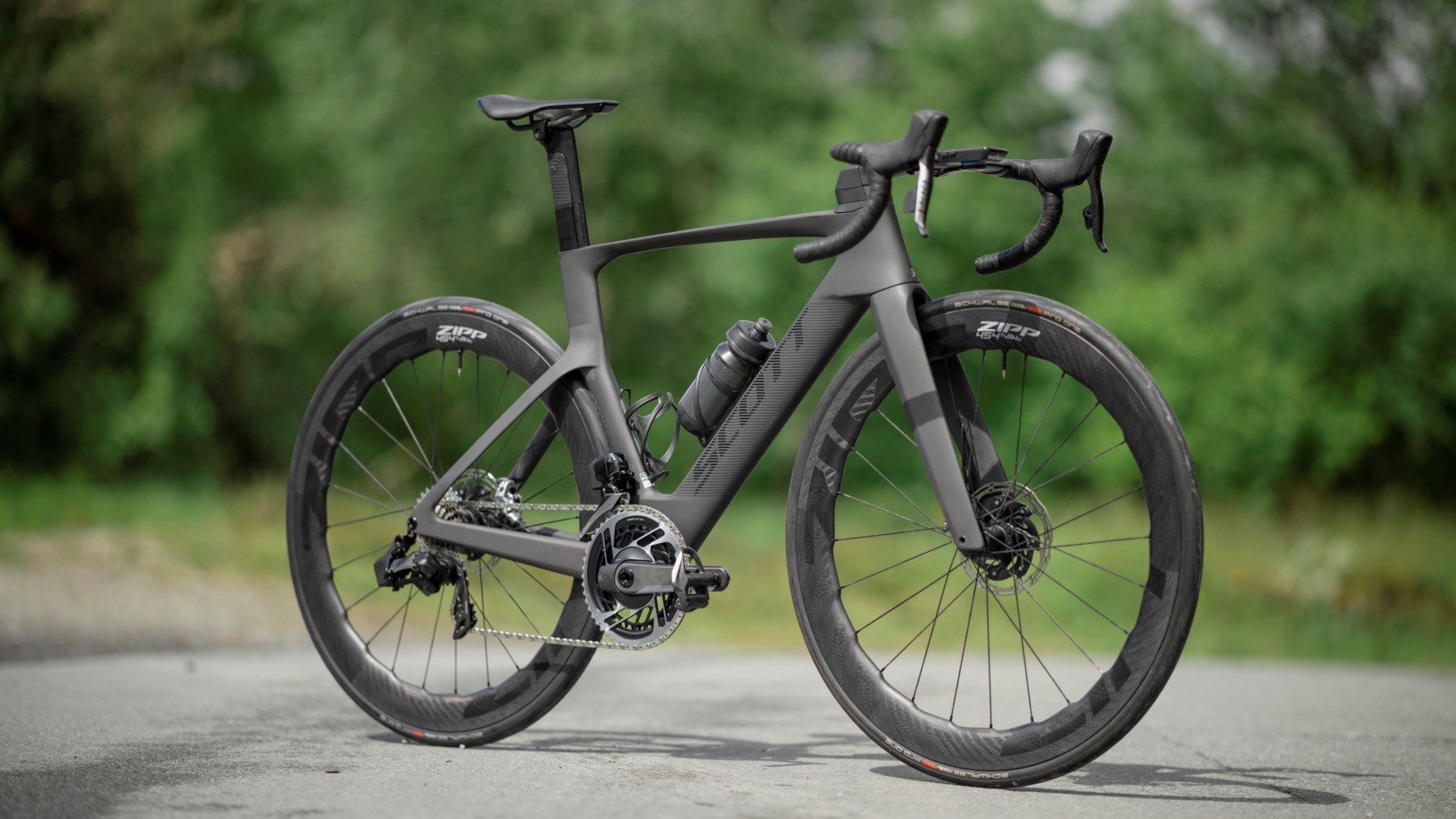
The previous Scott Foil was a true all-rounder. Not as aero as the best aero bikes, not as light as the best climbing bike, but a very capable racer. The new Scott Foil however appears to have gone back to Aero School, and come out the other side as a transformed machine, with new tube shapes, fork and proprietary parts.
Of slew of new bikes that we’ve seen (officially or otherwise) in the run up to the Tour de France from Canyon, Trek, and Pinarello, the new Scott Foil is perhaps the biggest departure from its forebear so far. Sure, the new Madone has a whacking great hole at the back end, but it still appears to be an all out aero bike, something which the new Foil seems to be aiming for now too.
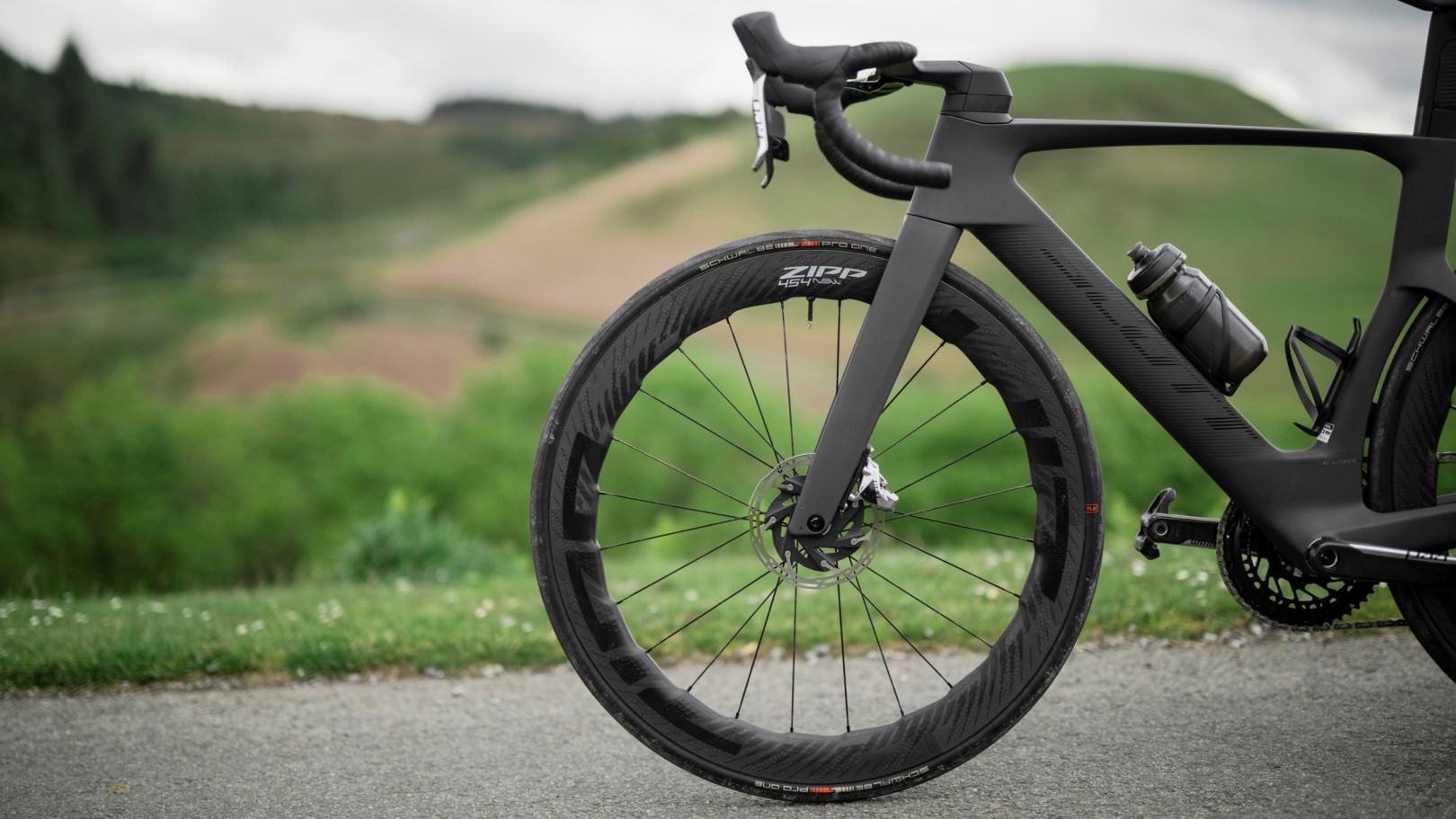
The fastest Scott road bike
While Romain Bardet features on the release material, and will no doubt ride this bike at some point during the Tour, it’s a bike aimed at the sprinters and breakaway specialists rather than the alpine whippets. While some brands seem to be converging on a single race bike strategy, Scott has doubled down and made the nominally aero Foil even more aero.
Strangely for a new bike release, no figures have been put to the frame regarding watts saved, or seconds faster at a given speed, only that it is more aerodynamic than its predecessor. Looking at the bike it’s not going to be a claim that anybody disputes, figures or not, as it’s clearly a much more aero optimised frameset.
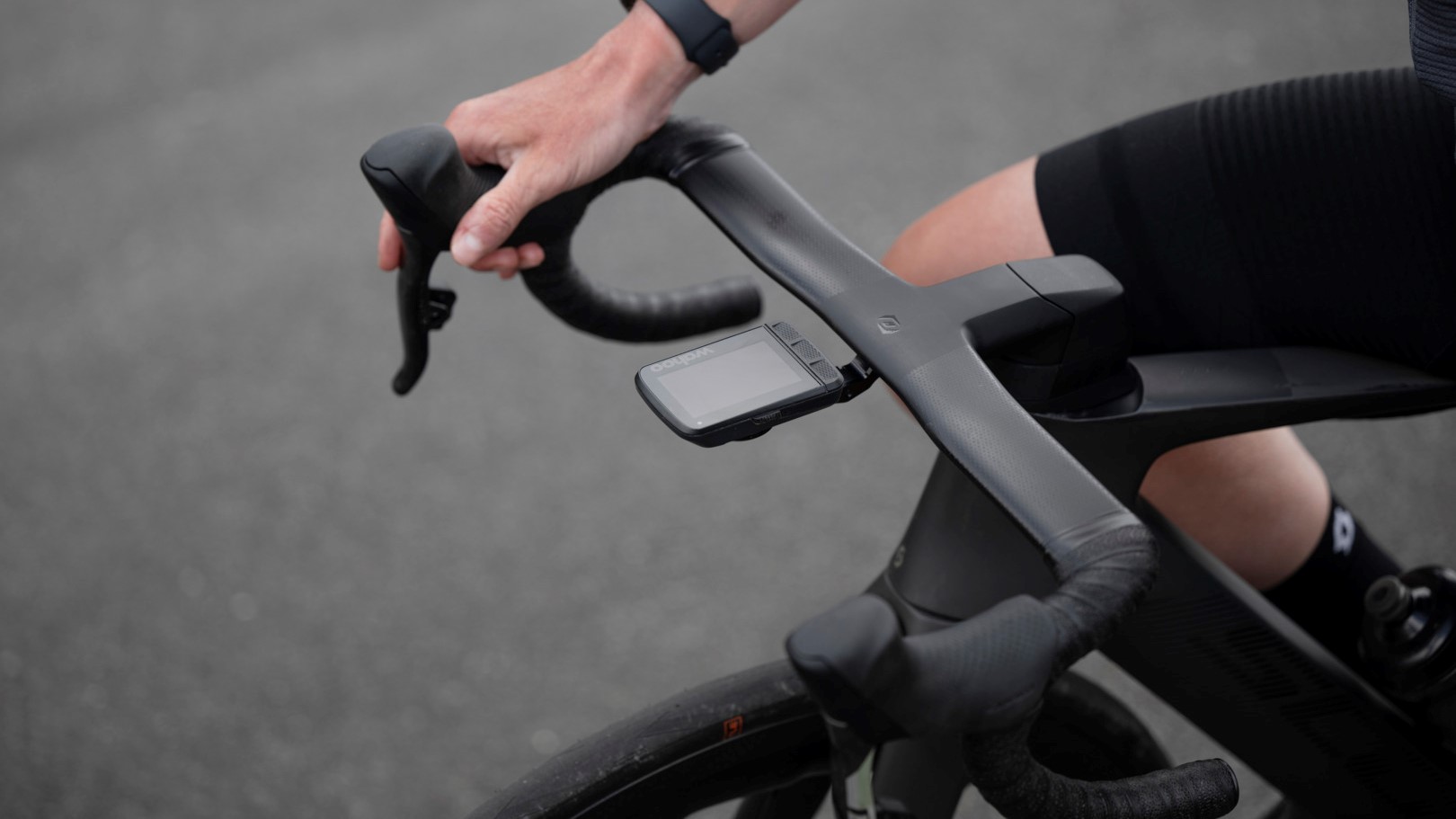
The headtube is noticeably deeper, with sculpting on its lower edge and is designed to act as a fairing to shape the airflow around the rider. The fork legs are deeper, too, and there is a higher fork crown. In fact, it’s just easier to say every single tube is noticeably deeper, thanks to a relaxing of the UCI regulations. Interestingly the seatstays are angled inwards at a 10 degree angle to force the airflow into the rear spokes, which apparently makes things faster too.
The toptube is still subtly curved, but noticeably more horizontal and flows into a deeper and steeper seattube and seatpost, which itself is heavily sculpted around the rear wheel. As is becoming commonplace too the bottom bracket area peeks over the top of even pro-level front chainrings for maximum stiffness and aero gains.
The leading edges at the front and rear have also been overhauled with a new proprietary seatpost and bar-stem combo from Syncros. The new bars have ditched the swoopy design of yesteryear and instead opt for a much more linear profile and a narrower cross section. The seatpost is narrower too, as well as being deeper.
Get The Leadout Newsletter
The latest race content, interviews, features, reviews and expert buying guides, direct to your inbox!
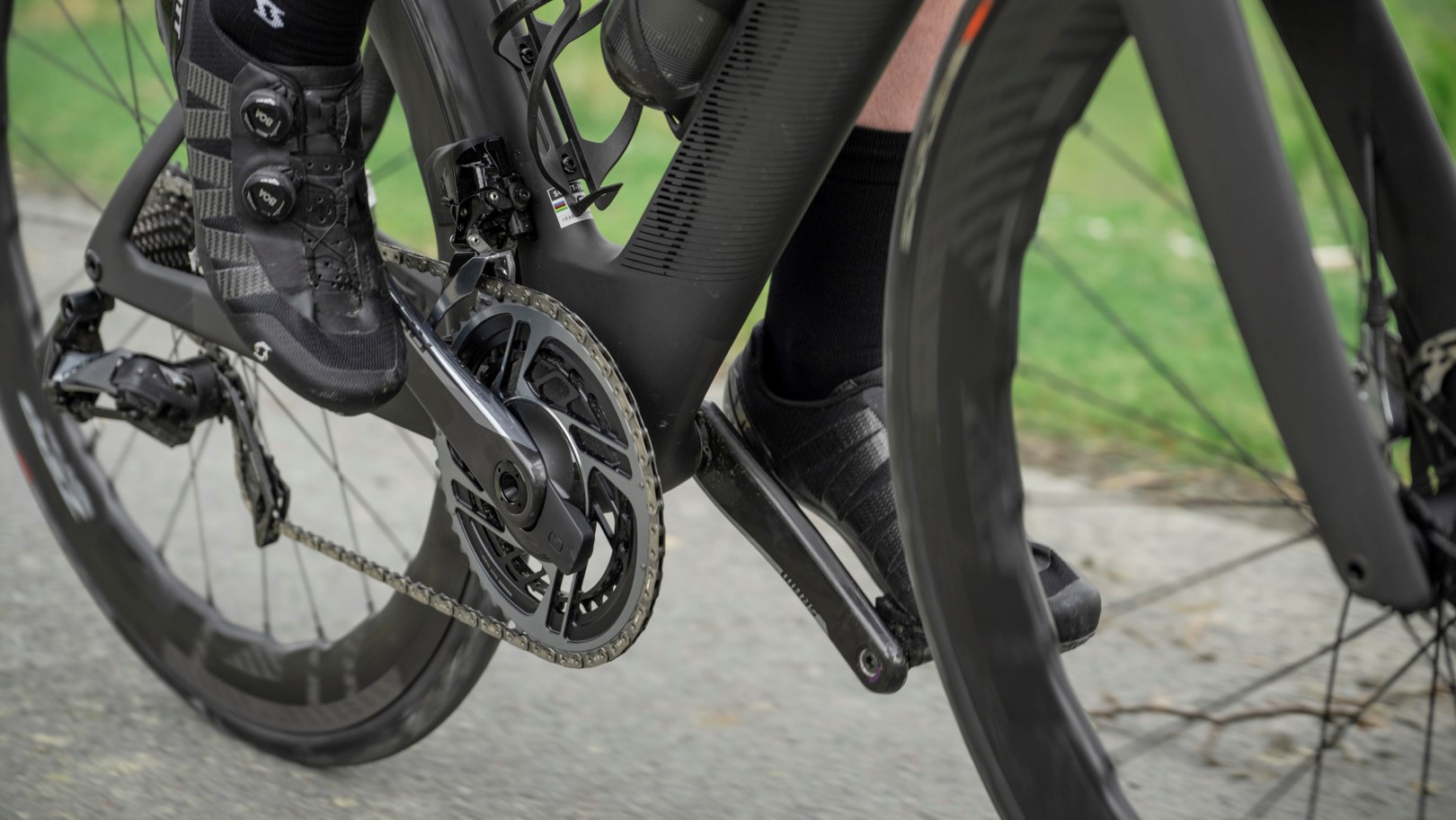
Aero, with comfort
As per the aero claims there are also no figures as yet pertaining to the weight of the new Scott Foil, only that there has been a 30 per cent reduction in the number of carbon pieces compared to the layup of the previous model.
Comfort has also mercifully not been brushed aside in the pursuit of speed. The new Syncros bars feature what is dubbed ‘Adaptive Compliance’, whereby in the hoods small bumps are dulled by built in flex, but in the drops during sprints things are stiffer for a greater transfer of precious watts.
The seatpost too, deeper as it is, is designed to add comfort. The two part system consists of a narrower front blade that bows round at the top to accommodate the seatclamp, and a broader rear section. There appears to be quite a large area between the two, filled presumably with slightly flexible material, though it can also accommodate an integrated rear LED.
The new Scott Foil comes with a 28mm rear and a 25mm front tyre as stock, but can handle up to 30mm if you need some extra squish.
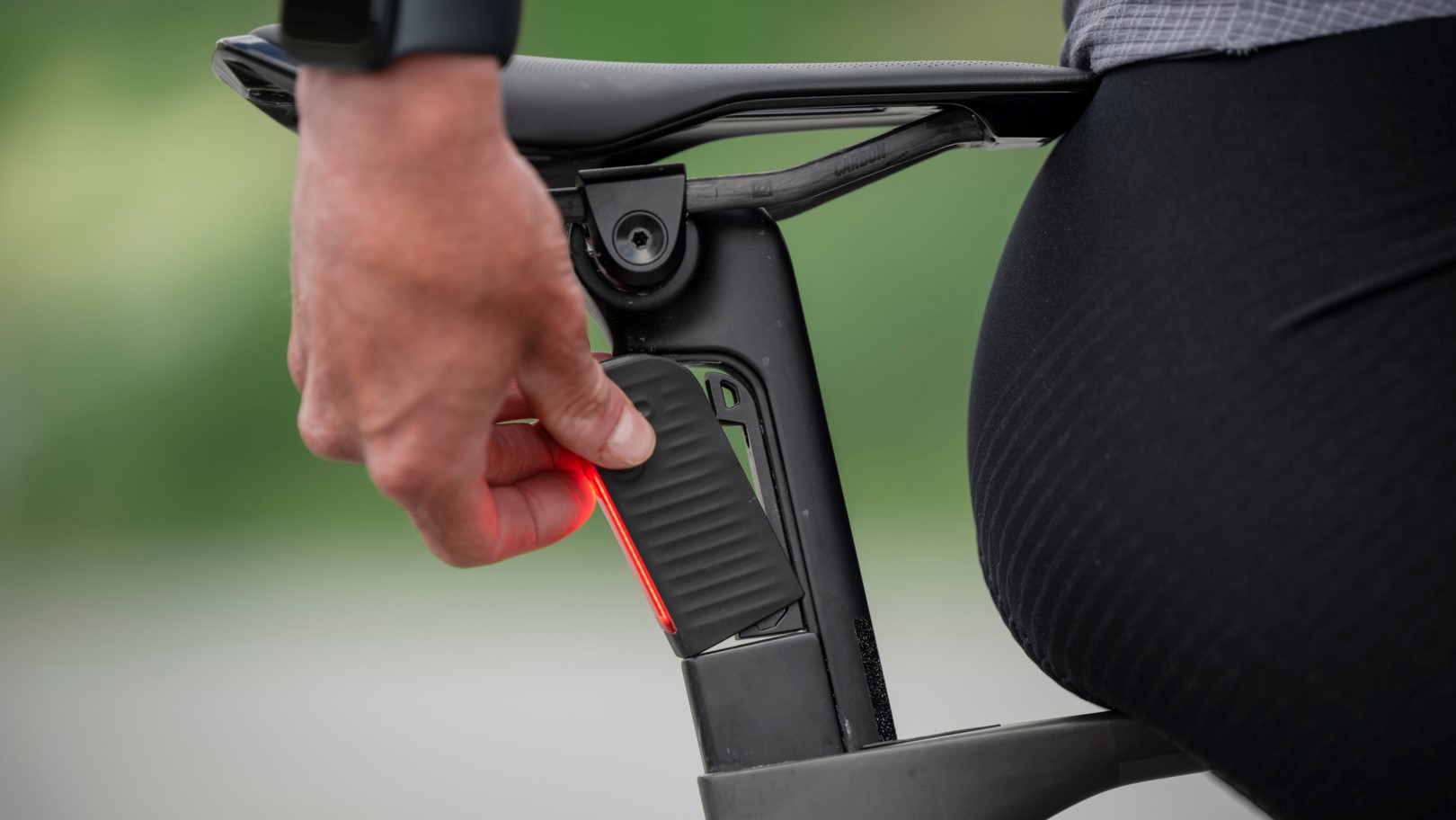
Pricing and availability
The new Scott Foil will be available in five different spec options, but as it stands pricing is not known. Check back in again later for an update.

Will joined the Cyclingnews team as a reviews writer in 2022, having previously written for Cyclist, BikeRadar and Advntr. He’s tried his hand at most cycling disciplines, from the standard mix of road, gravel, and mountain bike, to the more unusual like bike polo and tracklocross. He’s made his own bike frames, covered tech news from the biggest races on the planet, and published countless premium galleries thanks to his excellent photographic eye. Also, given he doesn’t ever ride indoors he’s become a real expert on foul-weather riding gear. His collection of bikes is a real smorgasbord, with everything from vintage-style steel tourers through to superlight flat bar hill climb machines.